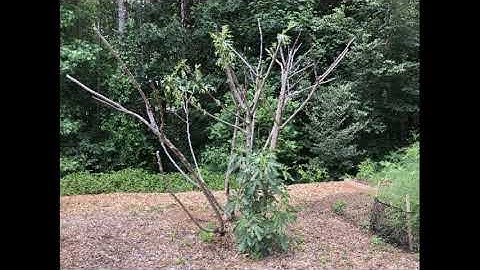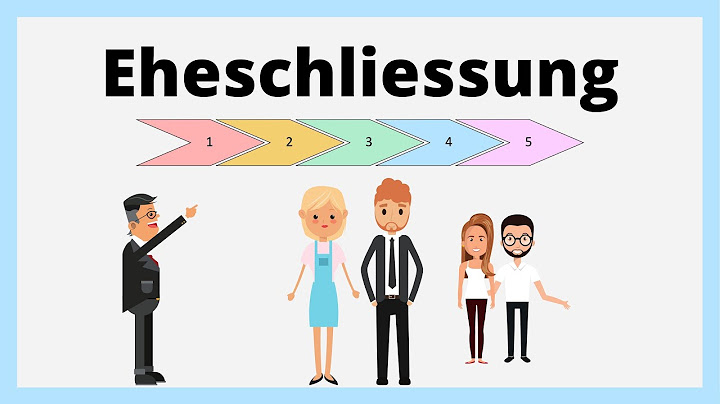The Battle of Gettysburg marked the turning point of the Civil War. With more than 50,000 estimated casualties, the three-day engagement was the bloodiest single battle of the conflict. Union victory. Gettysburg ended Confederate general Robert E. Lee’s ambitious second quest to invade the North and bring the Civil War to a swift end. The loss there dashed the hopes of the Confederate States of America to become an independent nation. After a year of defensive victories in Virginia, Lee’s objective was to win a battle north of the Mason-Dixon line in the hopes of forcing a negotiated end to the fighting. His loss at Gettysburg prevented him from realizing that goal. Instead, the defeated general fled south with a wagon train of wounded soldiers straining toward the Potomac. Union general Meade failed to pursue the retreating army, missing a critical opportunity to trap Lee and force a Confederate surrender. The bitterly divisive war raged on for another two years.
On June 3, soon after his celebrated victory over Maj. Gen. Joseph Hooker at the Battle of Chancellorsville, Gen. Robert E. Lee leads his troops north in his second invasion of enemy territory. The 75,000-man Army of Northern Virginia is in high spirits. In addition to seeking fresh supplies, the depleted soldiers look forward to availing themselves of food from the bountiful fields in Pennsylvania farm country, sustenance the war-ravaged landscape of Virginia can no longer provide. Hooker also heads north, but he is reluctant to engage with Lee directly after the Union’s humiliating defeat at Chancellorsville. This evasiveness is of increasing concern to President Abraham Lincoln. Hooker is ultimately relieved of command in late June. His successor, Maj. Gen. George Gordon Meade, continues to move the 90,000-man Army of the Potomac northward, following orders to keep his army between Lee and Washington, D.C. Meade prepares to defend the routes to the nation’s capital, if necessary, but he also pursues Lee. On June 15, three corps of Lee’s army cross the Potomac, and by June 28 they reach the Susquehanna River in Pennsylvania. While Lee loses precious time awaiting intelligence on Union troop positions from his errant cavalry commander, Gen. Jeb Stuart, a spy informs him that Meade is actually very close. Taking advantage of major local roads, which conveniently converge at the county seat, Lee orders his army to Gettysburg.
July 1. Early that morning a Confederate division under Maj. Gen. Henry Heth marches toward Gettysburg to seize supplies. In an unplanned engagement, they confront Union cavalry. Brig. Gen. John Buford slows the Confederate advance until the infantry of the Union I and XI Corps under Maj. Gen. John F. Reynolds arrives. Reynolds is killed in action. Soon Confederate reinforcements under generals A.P. Hill and Richard Ewell reach the scene. By late afternoon, the wool-clad troops are battling ferociously in the sweltering heat. Thirty thousand Confederates overwhelm 20,000 Federals, who fall back through Gettysburg and fortify Cemetery Hill south of town. July 2. On the second day of battle, the Union defends a fishhook-shaped range of hills and ridges south of Gettysburg. The Confederates wrap around the Union position in a longer line. That afternoon Lee launches a heavy assault commanded by Lieut. Gen. James Longstreet on the Union left flank. Fierce fighting rages at Devil's Den, Little Round Top, the Wheatfield, the Peach Orchard, and Cemetery Ridge as Longstreet’s men close in on the Union position. Using their shorter interior lines, Union II Corps commander Maj. Gen. Winfield S. Hancock and others move reinforcements quickly to blunt Confederate advances. On the Federal right, Confederate demonstrations escalate into full-scale assaults on East Cemetery Hill and Culp’s Hill. Although the Confederates gain ground on both ends of their line, the Union defenders hold strong positions as darkness falls. July 3. Believing his enemy to be weakened, Lee seeks to capitalize on the previous day’s gains with renewed attacks on the Union line. Heavy fighting resumes on Culp's Hill as Union troops attempt to recapture ground lost the previous day. Cavalry battles flare to the east and south, but the main event is a dramatic infantry assault by 12,500 Confederates commanded by Longstreet against the center of the Union position on Cemetery Ridge. Though undermanned, the Virginia infantry division of Brig. Gen. George E. Pickett constitutes about half of the attacking force. Pickett, ordered by Lee to advance his division toward the enemy through a mile of unprotected farmland, replies, “General, I have no division,” but the order stands. During Pickett’s Charge, as it is famously known, only one Confederate brigade temporarily reaches the top of the ridge—afterwards referred to as the High Watermark of the Confederacy. This daring strategy ultimately proves a disastrous sacrifice for the Confederates, with casualties approaching 60 percent. Repulsed by close-range Union rifle and artillery fire, the Confederates retreat. Lee withdraws his army from Gettysburg late on the rainy afternoon of July 4 and trudges back to Virginia with severely reduced ranks of wasted and battle-scarred men.
As many as 51,000 soldiers from both armies are killed, wounded, captured or missing in the three-day battle. The carnage is overwhelming, but the Union victory buoys Lincoln’s hopes of ending the war. With Lee running South, Lincoln expects that Meade will intercept the Confederate troops and force their surrender. Meade has no such plan. Even as Lee’s escape is hampered by flooding on the Potomac, Meade does not pursue them. When Lincoln learns of this missed opportunity on July 12, he laments, “We had only to stretch forth our hands & they were ours.” Months later, in November 1863, a portion of the Gettysburg battlefield becomes a final resting place for the Union dead. President Lincoln uses the dedication ceremony at the Gettysburg's Soldiers’ National Cemetery to honor the fallen and reassert the purpose of the war in his historic Gettysburg Address: The world will little note, nor long remember what we say here, but it can never forget what they did here. It is for us the living, rather, to be dedicated here to the unfinished work which they who fought here have thus far so nobly advanced.
|

zusammenhängende Posts
Werbung
NEUESTEN NACHRICHTEN
Toplisten
#1
#3
#4
Top 6 tlc mein leben mit 300 kg cillas 2022
1 Jahrs vor#5
Top 8 ich liebe dich unendlich italienisch 2022
2 Jahrs vor#6
#7
Top 9 windows 8.1 update-suche dauert ewig 2022
1 Jahrs vor#8
Top 9 co2 flasche füllen in meiner nähe 2022
2 Jahrs vor#9
Top 5 britax römer king 2 gurte einbauen 2022
1 Jahrs vor#10
Werbung
Populer
Werbung

Urheberrechte © © 2024 frojeostern Inc.


















